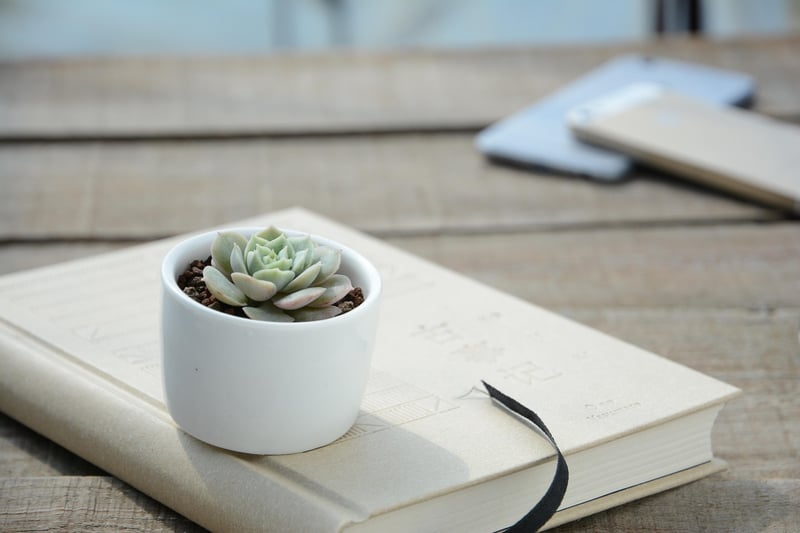Fertilizing Methods
#Urban Gardening
#Plant Care
#Gardening Tips
Tips for Healthy Plants and Fertilizing Methods
Tips for Healthy Plants
Having healthy plants not only beautifies your surroundings but also promotes a positive environment. Here are some essential tips to ensure your plants thrive:
- Choose the right plant for the right place to match its sunlight, water, and soil requirements.
- Water your plants appropriately; over and under-watering can be detrimental.
- Regularly check for pests and diseases and take prompt action if detected.
- Prune your plants to encourage growth and remove dead or damaged parts.
- Provide adequate nutrients through fertilization to support healthy growth.
Fertilizing Methods
Fertilizing your plants is crucial to ensure they receive essential nutrients for optimal growth. Here are some common fertilizing methods:
- Organic Fertilizers: Derived from natural sources like compost, manure, or bone meal, organic fertilizers enrich the soil and improve its structure.
- Chemical Fertilizers: These are synthetic fertilizers containing specific nutrient concentrations. They provide a quick nutrient boost but should be used carefully to avoid over-fertilization.
- Slow-Release Fertilizers: These release nutrients gradually over time, providing a steady supply to plants and reducing the risk of nutrient leaching.
- Foliar Feeding: Involves spraying liquid fertilizer directly on the leaves, allowing plants to absorb nutrients quickly. This method is effective for addressing nutrient deficiencies.
- Root Drenching: Involves pouring a liquid fertilizer solution at the base of the plant to deliver nutrients directly to the roots. This method ensures efficient nutrient uptake.
Remember to follow the recommended dosage instructions for fertilizers and avoid over-fertilizing, which can harm your plants. By adopting proper fertilizing methods and following tips for healthy plants, you can enjoy a vibrant and flourishing garden or indoor plant collection.


